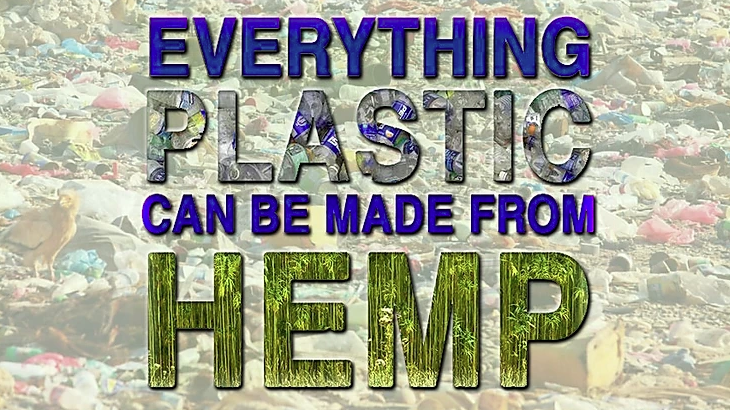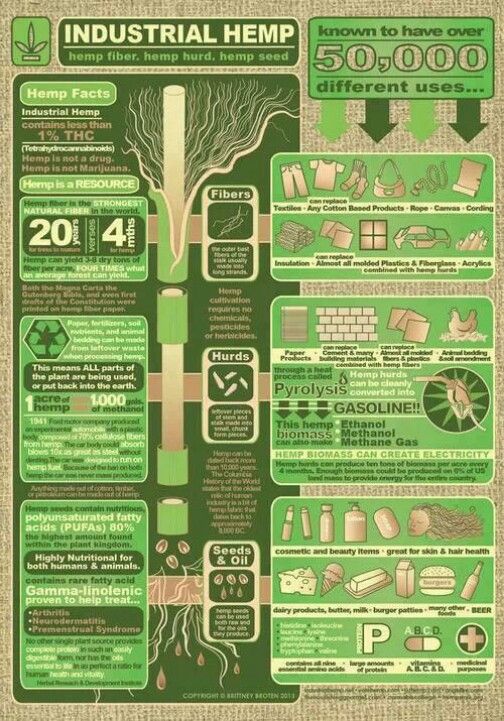
In a world increasingly choked by plastic pollution, hemp emerges as a beacon of hope, offering a sustainable and versatile alternative. Here’s why many consider it a lifesaver, particularly in the fight against plastic and microplastics:
Toxicity:
- Plastic: Traditional plastics leach harmful chemicals like BPA and phthalates, posing health risks and disrupting ecosystems.
- Hemp: Hemp is naturally non-toxic and biodegradable, releasing no harmful substances into the environment.
Biodegradability:
- Plastic: Plastic can take centuries to decompose, accumulating in landfills and oceans, where it breaks down into microplastics harming wildlife and entering the food chain.
- Hemp: Hemp biodegrades in just a few months, returning valuable nutrients to the soil and leaving no harmful residues.
Sustainability:
- Plastic: Plastic production relies on fossil fuels, contributing to greenhouse gas emissions and climate change.
- Hemp: Hemp is a fast-growing crop requiring minimal water and pesticides, making it a sustainable and environmentally friendly choice.
Beyond Biodegradability:
- Hemp fibers: Strong and durable, they can be used to make bioplastics, textiles, building materials, and more, replacing plastic across various industries.
- Hemp seed oil: A natural replacement for petroleum-based lubricants and inks, further reducing plastic dependence.
Additional Benefits:
- Hemp: It improves soil health, promotes biodiversity, and captures carbon dioxide from the atmosphere.
The Challenge:
While hemp offers a promising solution, scaling up production and overcoming regulatory hurdles remain challenges. However, the growing awareness of plastic pollution and the potential of hemp are driving investment and innovation, paving the way for a more sustainable future.
Conclusion:
Hemp is not a silver bullet, but it’s a powerful tool in the fight against plastic and microplastics. Its non-toxic nature, biodegradability, and sustainability make it a lifesaver for our planet and a beacon of hope for a cleaner, healthier future. By embracing hemp and supporting its development, we can chart a course towards a more sustainable world, free from the harmful grip of plastic pollution.

